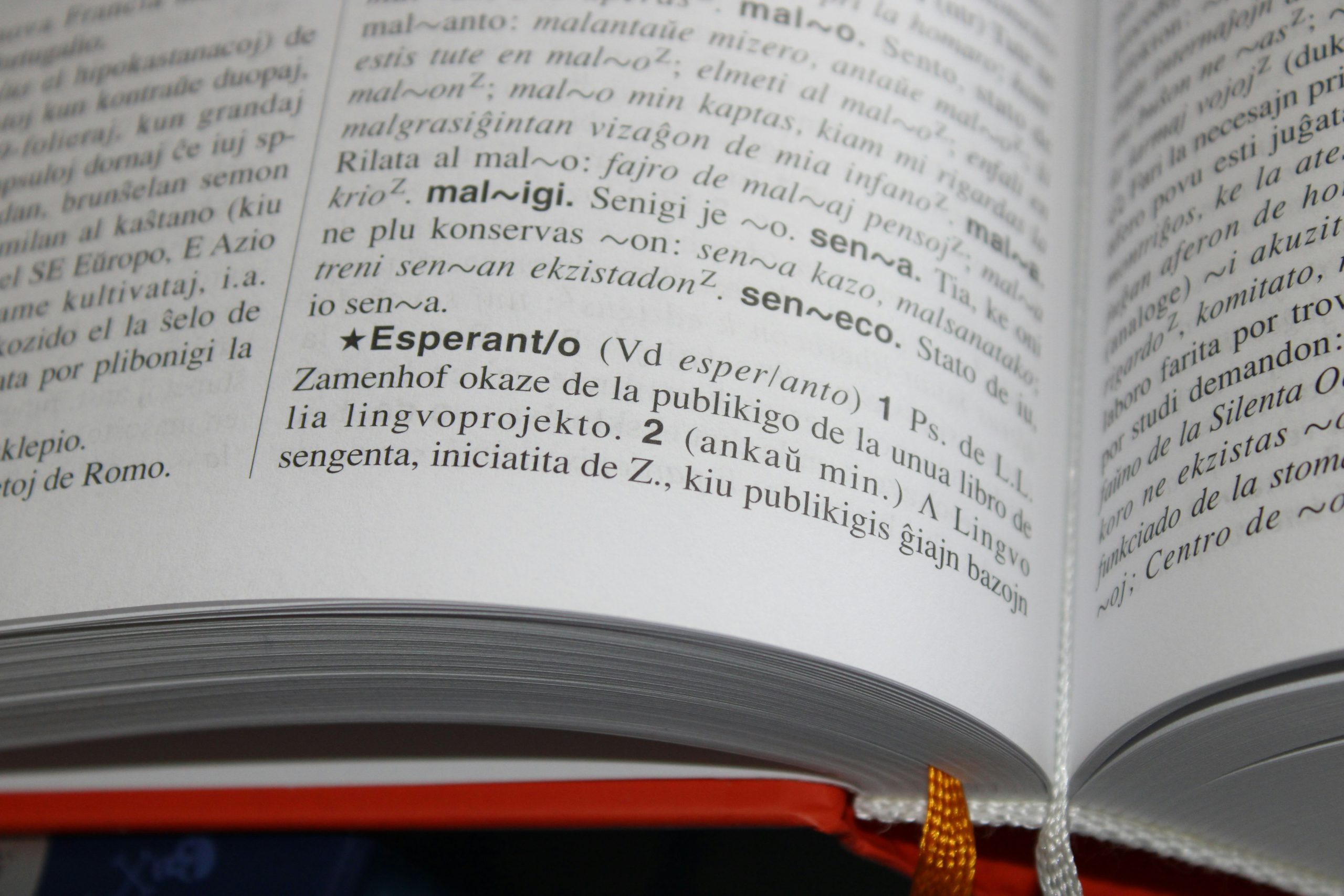Pacifism, Community, Esperanto- one man’s dream for world peace

If you’ve ever delved into the world of language learning, then you may have heard of Esperanto. Frequently characterised and ridiculed as the ‘most useless language’, it is estimated to have only 100,000 speakers globally, none of which (bar a few odd cases) speak it natively. If you’ve looked into it, you may have heard about how it came about; Esperanto is an auxiliary, constructed language. This means that it was artificially created by one man- Ludvig L. Zamenhoff, with the goal of facilitating effective communication across cultural and linguistic boundaries. But what links this inherently to pacifism? How did the language develop, and what is the status of his project today?
Zamenhoff grew up in 19th century Białystok, in today’s Eastern Poland, where four languages dominated the city- German, Polish, Russian and Yiddish. He observed that one’s native language was often cause for rivalries, xenophobia and even violent conflict, often due to a simple lack of understanding amongst the city’s inhabitants. So in 1887, he published a manuscript laying out the foundations of a new language- one that combined slavic grammar, latin pronunciation and germanic nouns, that was meant to served as a universal second language so that anyone, regardless of origin or mother tongue, could communicate with anyone else across the globe with this new, ‘neutral’ language, unburdened by any nationalist connotations (nationalism being on the rise at the time). Now interestingly, Zamenhoff was no linguist, but he was a self-declared pacifist. He dreamt of a global population that, while having pride in their national origins, could come together in their humanity, to take on our collective problems. Creating a language was only a vehicle towards his own goals of achieving world peace.
In the following decades, the language would take off, with the number of speakers wildly surpassing that of any other constructed language. It was briefly made official in the autonomous territory of Moresnet, advocated for by a young Joseph Stalin, and even explicitly denounced as being ‘anti-germanic’ by Adolf Hitler. To say that Esperanto was a big deal would certainly constitute an understatement. Today, it is estimated that roughly 2 million people have some knowledge of this language, with 100,000 speaking it fluently.
The language would find a new stronghold in the internet- lernu.com was the Esperantist go-to learning resource, chatrooms operating in Esperanto are too numerous to count, and in 2015, duolingo even added a duolingo course to their arsenal. With the pasporto servo, a travel website in Esperanto, one can find people to host you for free across the entire world, the only condition being that Esperanto must be spoken between the host and the guest.
Due to its roots in indo-european languages, as well as its extreme grammatical simplicity and consistency, it is also estimated that it is the quickest language to learn for a European, taking only a year of normal study to achieve practical proficiency. Despite being ridiculed as a failed project, it has developed a unique, international culture, complete with its own slang, traditions and flag. It has provided me with an amazing network of people from all over the world, and the opportunity to attend multiple annual Esperanto congresses. To call it useless is not only ignorant and naïve, but negates the fact that it has changed lives for the better, and united people across national borders. And isn’t that what Zamenhoff had hoped for?
If you are interested in learning more about it, or even studying the language itself, feel free to check out any of the resources below;
https://esperanto-nederland.nl/



